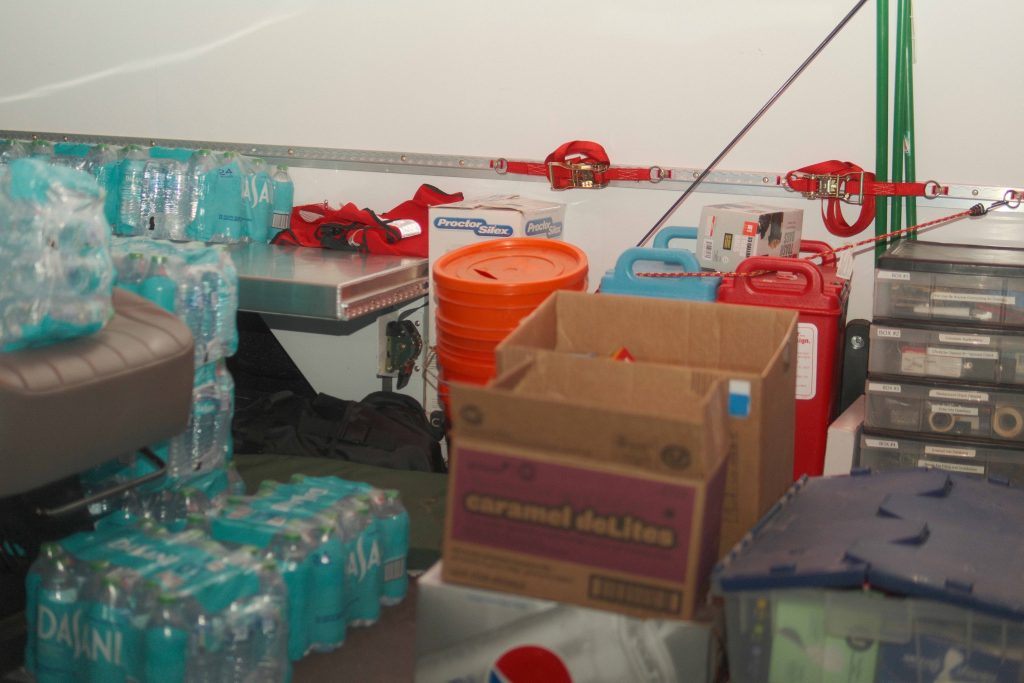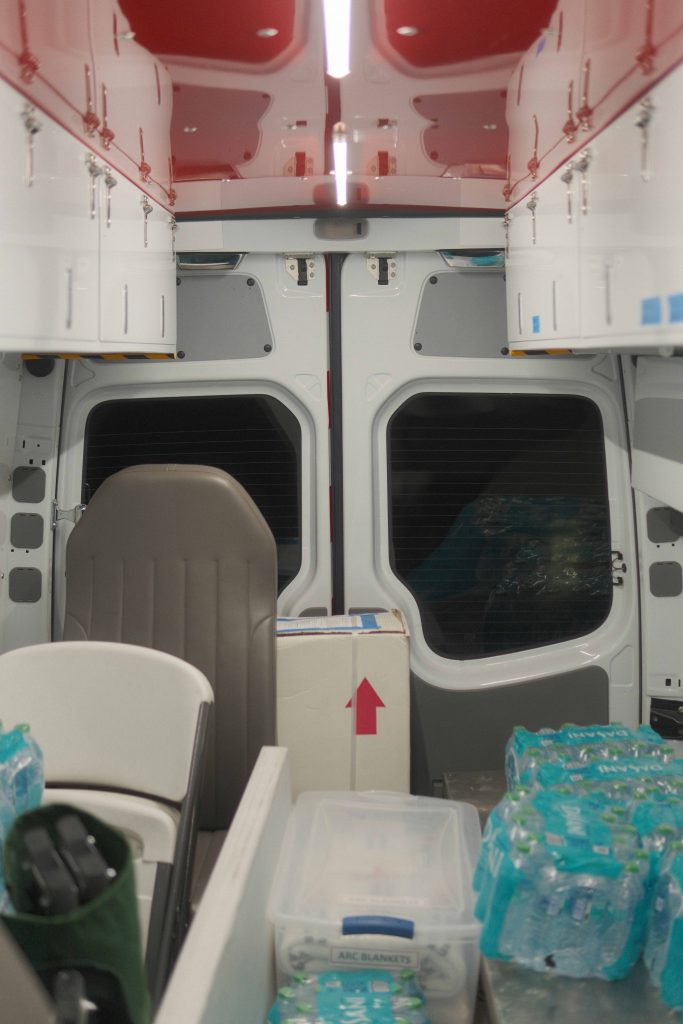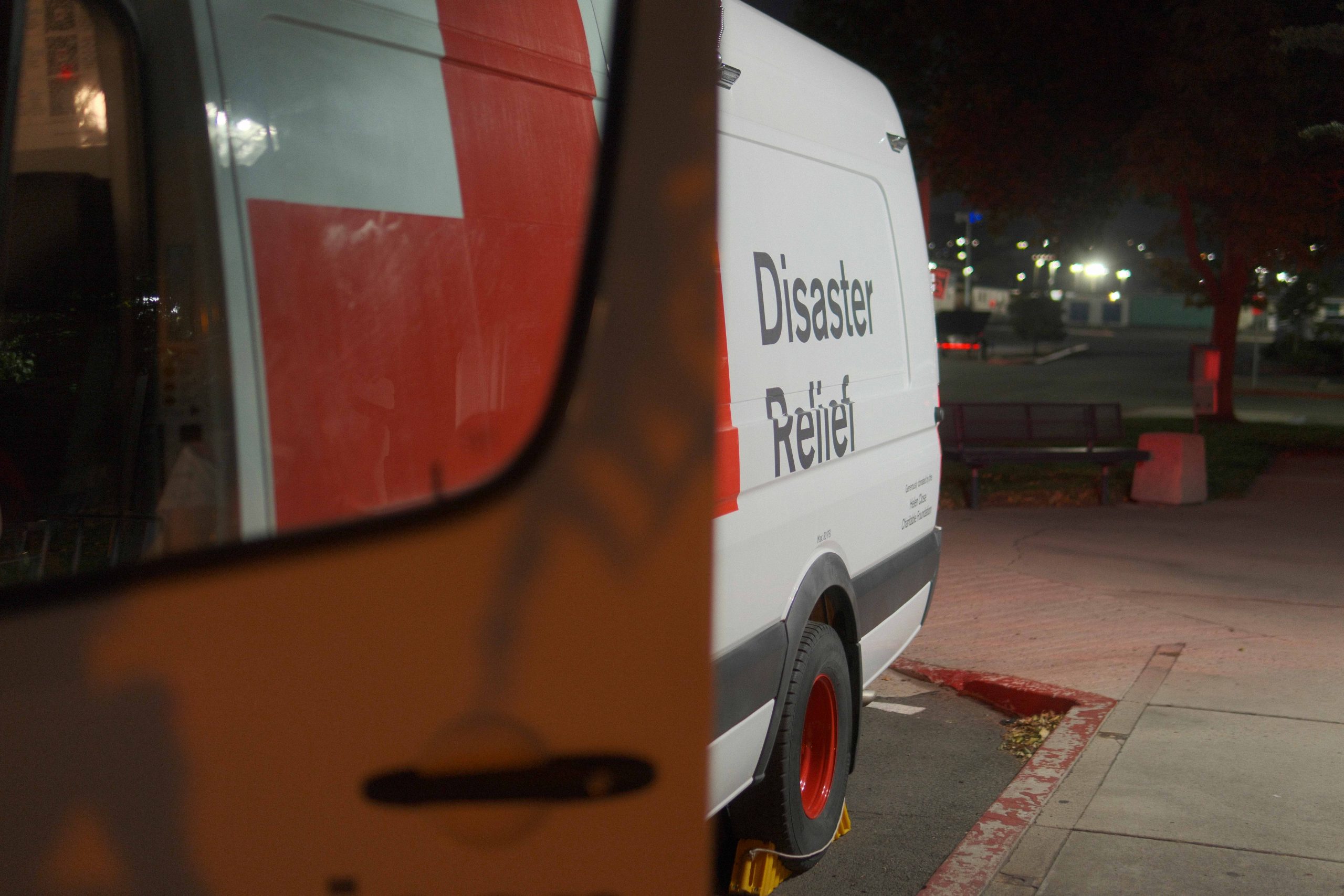On Sept. 7 at 2:44 p.m. PST, the unexpected news about a fire in Washoe Valley, located just south of Reno, was reported. The now-titled ‘Davis Fire,’ named after the Davis Creek Regional Park, had amassed an estimated 1,500 acres and hurled thick smoke around the city of Reno, Nevada.
After jumping I-580 in an eastern direction, the intensity of this blaze became apparent. Evacuations were launched throughout the heavily residential neighborhoods that surrounded the impact zone in nearly every direction. In addition, NV Energy cut the power to an estimated 10,000 residents in hopes to provide more safety to first responders.
On that Saturday evening alone, an estimated one thousand residents were told the intense message to ‘evacuate immediately’ and to arrive at the evacuation center set up at a senior center on 9th Street in Reno. The experience at the Red Cross created center was shockingly not what you would have predicted or expected, in fact, rather than the chaotic atmosphere often portrayed in the media, the scene was calm.
I stood in the doorway of a cafeteria-sized auditorium, in the depth of the reverberated room, with two residents from the local fire present. They were sitting down at two completely different cafeteria tables in silence, with snacks and water lying in front of them. All at once, I snapped back into reality as a volunteer spoke seven words to me: “We’re not going to turn anybody away.”
The volunteer talked with me about how evacuation shelters and centers have seemingly minor, but actually stark differences. She described how the purpose of a center is to be a short-term facility that is set up to house people in direct need in a safe space with basic essential supplies. An evacuation shelter is a longer-term facility that is built to supply basic essentials and access to medical and mental professionals.
Within this evacuation center, she told me that she has only seen about 30 people come and go. A table beside us was filled with Port of Sub sandwiches donated for evacuees of the Davis Fire.
She explained to me that the local Red Cross is handled from the Northern Nevada chapter within the Red Cross organization, and donations are sent to individual chapters that can be specified in the notes of a donation. Monetary value holds the most significance to them, rather than clothing or household items, because money can help them order and provide the essential resources that people in need will require to continue living comfortably.
“If a fire department calls and says, ‘This house burned and this family displaces,’ we go out there and help them get set up in a hotel. The American Red Cross opens an individual case and then follows that family to make sure they get all set up and walk on.”
During our conversation, I found out about a form of a disaster evacuation myth, where many people who are evacuating will avoid evacuation centers or organized support because of the misconceptions and fears about what the support will be like. Most portrayals of evacuation centers in the media are chaotic and show overcrowding or unsafe places. As a result, a lot of individuals impacted by an evacuation zone will rely on their own resources, whether it comes from a family, friend or connections, and this results in a lack of turn-out and consumption of available free, provided resources.
The belief that evacuation centers will be crowded, unsafe or poorly managed could not be further from the truth. The Red Cross and their chapter in Northern Nevada treated the two individuals in need of support as if they were any other person. The volunteers are incredibly well-organized with a check-in and out system, alongside providing resources for large or small animals from the city as well.
The volunteers are unaware of when they will be called out. After they are called however, they pridefully drop anything they are doing to collaborate and set-up an evacuation center within hours.
I was taken into the back of their emergency response vehicle that was well-organized and built for any circumstances. The mobile vehicle is painted in white with the infamous Red Cross branding on its doors.



Inside the truck, volunteers shared stories of when they have been called out for extreme emergencies in other chapters and states. When this type of situation occurs, their housing, flights and any other form of necessities are paid in full by the American Red Cross so that the volunteers can prioritize their efforts on assisting those in a traumatic situation.
We always talk about the firefighters who put out the fires, but we very often neglect the people who set-up and provide free resources to those in a horrifying situation. The American Red Cross and their chapters each consist of dozens and dozens of volunteers who have the direct passion and commitment to make a change in the world and, most importantly, the people who are potentially in their darkest hours.
There are volunteer positions for a multitude of different concepts. There are volunteers who are dedicated to communications, public relations to event fundraising and caseworkers. The collaboration within all of these teams in such a fast manner is exactly what creates the community impact and considerate organization that many, even those in need, believe will put them at a greater risk.
You can learn more about donating or volunteering with the American Red Cross by visiting their website.
Gabe Kanae can be reached via email at gkanae@sagebrush.unr.edu or via Twitter @NevadaSagebrush.








